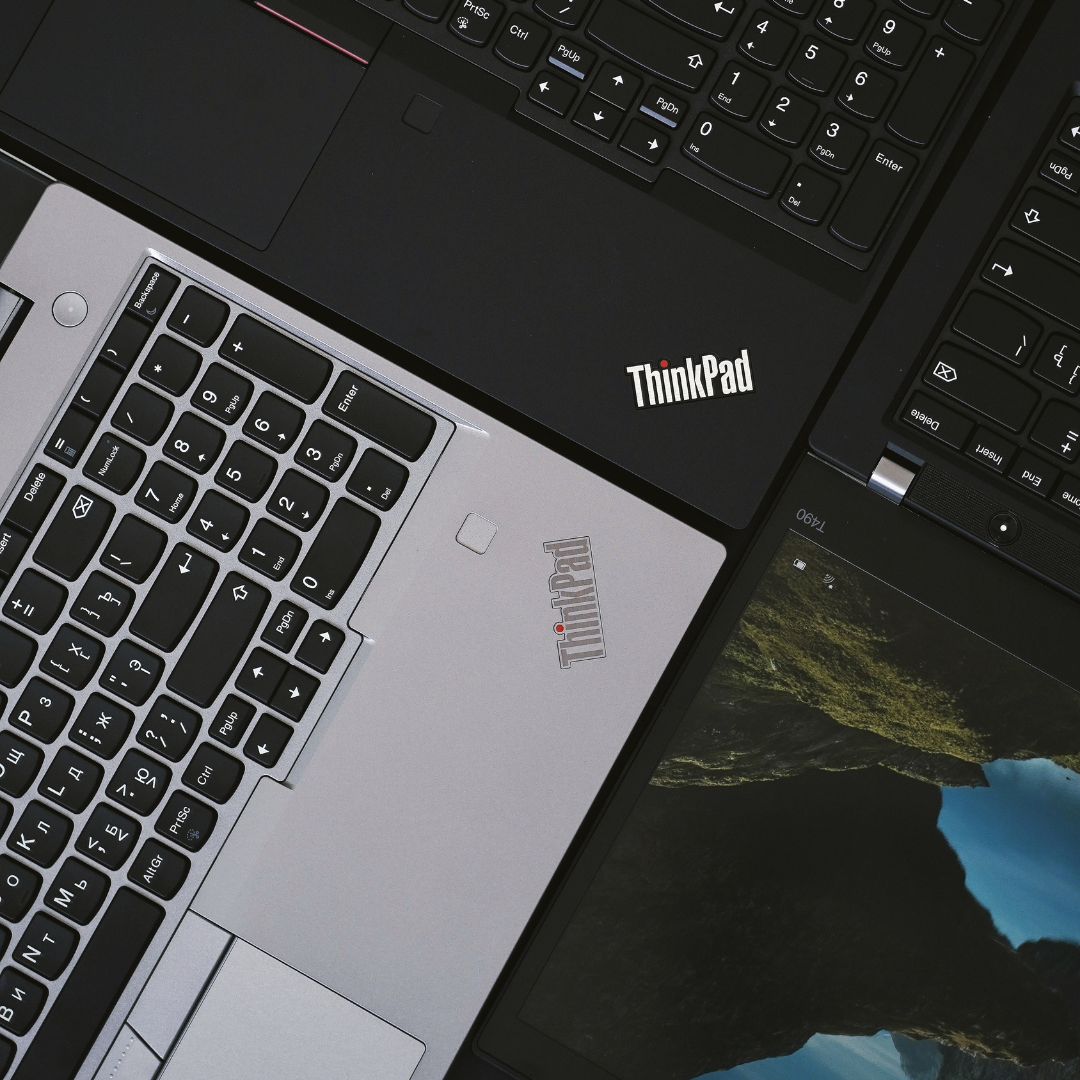Change your IT device refresh paradigm to better navigate global shipping and delivery bottlenecks

The global pandemic from COVID-19 has wreaked havoc on global supply chains, especially ones relying on micro-processors. A perfect storm of factories affected by COVID, a fire in one major centre and increasing demand for technology as most of the developed world shifts to working remotely. The global chip shortage is a much bigger problem than everyone realised. And it will go on for longer, too. Experts anticipate the global shortage of semiconductors to last another two years.1
For those hoping that the chaos is coming to an end, this is not a good story. The factories are starting to lift production to match demand globally, but we will soon see another global bottleneck, shipping.
A significant spike in demand for consumer goods, combined with disruptions caused by the coronavirus pandemic, has shaken up global shipping markets, driving up the cost of moving containers of goods globally.
That has resulted in rising prices and enormous delays at ports and logistics hubs, severely damaging supply chains around the world.
In the United States, it is now routine to see dozens of enormous container ships waiting outside major ports in California because of backups, while inland logistics hubs overflow with containers that have yet to be loaded onto trucks for shipment to their final destinations.
Rotterdam, Europe’s largest port, has battled problems with congestion this summer, as have ports in Britain.
A report released at the end of August 2021 by financial services giant Citigroup and the Economist Intelligence Unit suggests the problems have deep roots and are unlikely to go away soon.
“Shifts in supply chains already were underway, owing to geopolitical and economic factors, and COVID-19 has accelerated some of them,” the report found. “Recent outbreaks of the virus — driven by the delta variant — mean that we have not seen the last of supply-chain disruptions yet, as economic activity across Asia-Pacific continues to be hampered.”2
A lot of these delays are COVID-related — a shortage of truck drivers and warehousing space, a big shift in consumers spending money on goods instead of travel and entertainment, and ongoing COVID-related shutdowns at ports and factories worldwide, among other things. Unfortunately, we expect these delays to continue well into 2022.
In Australia this problem is exacerbated by several factors: our sheer distance from the rest of the world, and our relatively small market size making us not a priority for manufacturers. Once we do have stock allocated and on its way, we have one more challenge, our ports. Our ports are ranked poorly amongst global ports meaning that we take much longer to unload ships than we should, further adding to delays.
Of 351 major ports in the world our best Brisbane is ranked 246 and our worst Adelaide is ranked 339. The result is delay on delay on delay causing issues for our local supply chain of technology.3
This is posing a major challenge and risk for organisations with aging laptop fleets. Fleets purchased several years ago and close to their natural refresh cycle, were not scoped to run the amount of collaboration applications that we see today. Microsoft Teams especially can place a heightened strain on laptop resources and the networks they use.
For users working from home, no longer an elevator ride away from IT, this can be increasingly frustrating. Tell them that a new computer is not coming soon and the frustration mounts further.
Organisations will need to think differently about how they refresh their fleets and how they prioritise. Historically fleets were refreshed based on age of device [the older ones went first] and role [more senior people tend to get newer devices first].
ThingsAt, as a leading Device as a Service provider, has a consulting arm in addition to its technology practice and has been working with customers to change the refresh paradigm. Using discovery and management software on the devices back to a central portal, ThingsAt reviews which devices need to be replaced first based on their condition.
Devices with poor battery performance, or ones that continually reach CPU or memory limits are the ones that need to go first. This type of service changes the device management from reactive to proactive. ThingsAt can see devices that show signs of potential failure and ensure they are addressed before they fail.
Using this approach, ThingsAt works with its customers to change the priority of new devices, using limited supply to only change the ones that look like they might fail, and sweating the other assets as much as needed to get through the delays. This approach has an additional benefit that devices already written down become a source of cost savings and therefore improve financial performance.
Once organisations see that they can run their assets longer based on individual device performance, the big bang device refresh is no longer needed, nor is the cost of running a communications intensive change program to replace all devices.
Additionally, our professional services team can manage the end-to-end device refresh including a white-glove service for those team members that need it. This takes the strain away from often limited internal resources in IT. Having delivered and refreshed fleets of over 10,000 devices we know a thing or two about managing the process successfully.
A simple ‘refresh all devices because they are three years old’ does not work in today’s resource-constrained environments. ThingsAt can provide some clarity on which devices should be replaced and when giving clients more control over the process.
1 https://www.zdnet.com/article/the-global-chip-shortage-is-a-bigger-problem-than-everyone-realised-and-it-will-go-on-for-longer-too/
2 https://www.voanews.com/economy-business/no-quick-fix-shipping-crisis-creating-supply-chain-bottlenecks
3 https://www.shippingaustralia.com.au/dreadful-performance-of-australias-container-ports-is-revealed/
